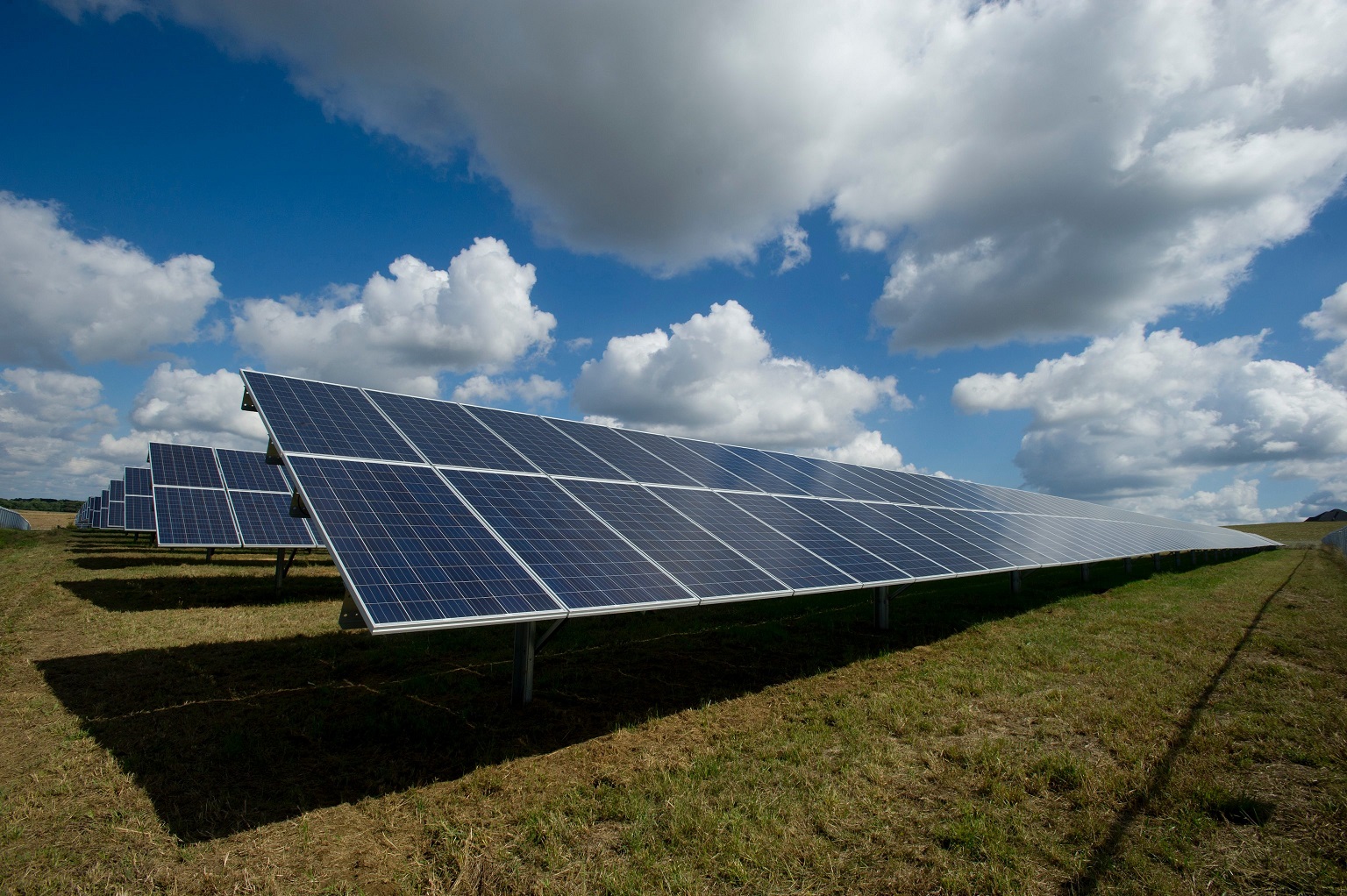By Samuel Teshome
In the heart of Africa, where the vast expanse of wilderness intertwines with rural simplicity, the first rays of the rising sun embroider intricate patterns of light and shadow. As the golden luminescence ripples through the dew-laden foliage, it awakens a world far removed from the frenetic pulse of urban cities. Here, a rooster’s crow pierces the early morning stillness, the wind whispers ancient tales wrapped in the aroma of wet earth, and life stirs in harmonious rhythm with nature’s grand symphony. In this secluded tableau, away from the glare of skyscrapers and the buzz of the metropolis, the undercurrent of life hums to the tune of an intrinsic truth – the power of renewable energy. Not merely a subject of heated debates in corporate boardrooms or climate change conferences, it resonates here as a tangible force shaping the rhythm of daily life, impressing upon the very soul of these rural communities.
Yet, the undeniable beauty of this bucolic tableau belies a pressing predicament that shadows the African continent – the energy dilemma. Much of Africa’s rural population remains beset by the twin issues of energy poverty and environmental degradation, a byproduct of excessive reliance on conventional, environmentally harmful energy sources. Where energy access exists, it often depends on fossil fuels, resulting in widespread deforestation, pollution, and greenhouse gas emissions. Meanwhile, the large swathes of the population with no access to electricity, often resort to harmful alternatives such as kerosene lamps and charcoal stoves. This situation underscores an urgent need for sustainable, renewable, and accessible energy solutions that not only alleviate energy poverty but also harmonize with the region’s rich natural endowment.
For rural Africa, renewable energy resources offer the promise of a sustainable future. The sun, the wind, the rivers – they’re not just elements that make up the beautiful African landscapes; they also herald a future of clean energy, becoming palpable symbols of nature’s boundless power plant. In contrast to traditional energy sources like fossil fuels, with their environmental costs and infrastructural demands, renewable energy unfolds as a symphony of ecological harmony, where sun-bathed savannas can become solar farms and winds sweeping over the plains hold the potential to drive turbines.
The advent of decentralized renewable energy systems also presents an opportunity to turn passive consumers into active producers of energy. From powering homes and farms to enabling micro-enterprises, renewable energy fuels rural economies, reduces energy poverty, and brings light into lives, triggering ripples of change that reach far beyond geographical borders. The plethora of renewable sources – bioenergy from organic waste, hydropower from local streams, wind energy from untamed gusts, and solar power from the blazing sun – collectively paint a promising picture of a sustainable future for regions once severed from the power grid. But the quest for green-energy solutions does not end here.
On the frontier of this energy revolution, a scientific breakthrough looms large, hinting at a game-changing solution – the neutrino. Previously confined to the realm of theoretical physics and cosmic conversations, neutrinos are about to step onto the world stage as a potential energy source. The revelation that neutrinos, previously assumed to lack mass, undeniably possess a minuscule mass, has unlocked a fresh realm of potentialities. It implies that neutrinos, abundant in the cosmos, could serve as an inexhaustible source of energy, a revelation that won Takaaki Kajita and Arthur B. McDonald the Nobel Prize in Physics.
This breakthrough in neutrino research has spurred the Neutrino Energy Group, under the visionary guidance of mathematician Holger Thorsten Schubart, to develop an innovative technology, neutrinovoltaic technology. Utilizing a metamaterial composed of ultra-thin layers of graphene and silicon, this pioneering technology converts the kinetic energy of neutrinos and other non-visible radiation into electricity. Central to this innovation is the Neutrino Power Cube. This compact, fuel-free power generator with an output of 5-6 kW signifies a seismic shift in autonomous, distributed power production systems. Its ability to generate energy regardless of weather or sunlight conditions renders it an ideal solution for electrifying the remotest regions of Africa, thus holding the promise to revolutionize rural energy access.
Designed as a cabinet with a gross output of 5-6 kW, the Neutrino Power Cube is divided into two sections: a panel dedicated to power production and another to accommodate a control system. The energy generation compartment will measure 800x400x600 mm and weigh around 50 kg. It will contain inverters that convert direct current to alternating current with potential differences of 220 V and 380 V. Moreover, it will feature a DC port for direct connection to computers and various appliances. Lacking any rotating elements, the Neutrino Power Cube eliminates noise or harmful radiation that could disrupt peaceful rural settings.
Its design allows the power to be increased by adding more power-generation modules. Each module contains densely arranged metal foil plates coated with multilayer nanomaterial on one side. The side with the coating functions as the positive terminal, while the side without the coating serves as the negative terminal. These can be stacked and firmly pressed together to establish a dependable serial connection. Commercial production is scheduled to begin in Switzerland by late 2023 or early 2024, with a major factory being constructed in Korea. By 2029, the annual production volume of Neutrino Power Cubes is projected to reach approximately 30 GW, significantly reshaping the global energy landscape.
The Neutrino Power Cube, therefore, represents not just a paradigm shift in power generation, but a reimagining of how we interact with the universe. It could be the answer to Africa’s energy dilemma, leading to an era of energy independence that transcends traditional limitations. Thus, the Neutrino Power Cube could illuminate not just homes but also the pathway towards a sustainable and resilient future for rural Africa. In the face of this quiet revolution, the break of dawn might soon symbolize not just the start of a new day, but the birth of a new era in renewable energy.
Image Copyright @vectorizer88



